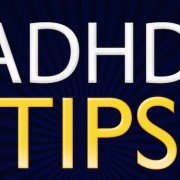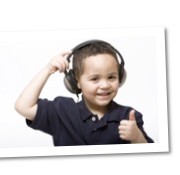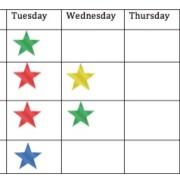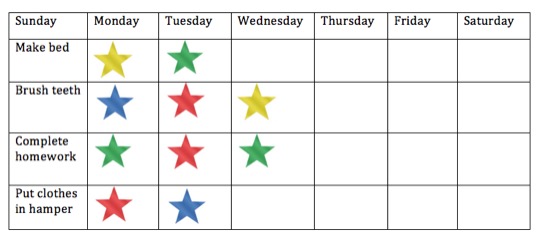Sleep Problem or ADHD?
Sleep disorders and ADHD share many of the same symptoms. Children with sleep apnea were found to have symptoms of inattention, hyperactivity, learning difficulties, and aggressive behavior, which are similar to symptoms of ADHD. As for adults, symptoms of sleep disorders are also similar to those of ADHD. Both include trouble concentrating, problems with organizing, memory problems, and difficulty completing tasks. Sleep problems are extremely under-diagnosed in both children and adults, possibly because few pediatricians and physicians claim to be confident about helping patients with sleep disorders.
With sleep problems causing and potentially exacerbating symptoms of ADHD, it is important for people with ADHD to get a good night’s sleep. Remember to refrain from using electronics before sleeping. The light emitted from phones, laptops, and TVs interfere with the body’s melatonin levels and disrupt the sleep cycle. Also, talk to your doctor about concerns with sleep. If you think your behavior is not just caused by a sleep problem, Dr. Gordon is here to help with identifying and treating ADHD.
Contact Dr. Gordon for help with your ADHD. We have treatment and solutions available online, by phone, and in our offices.
written by: Brianna Malinowski, Jay Gordon, Ph.D
Breus, M. J. (2013, May 1). ADHD or Sleep Disorder: Are We Getting It Wrong? | Psychology Today. Retrieved from https://www.psychologytoday.com/blog/sleep-newzzz/201305/adhd-or-sleep-disorder-are-we-getting-it-wrong




